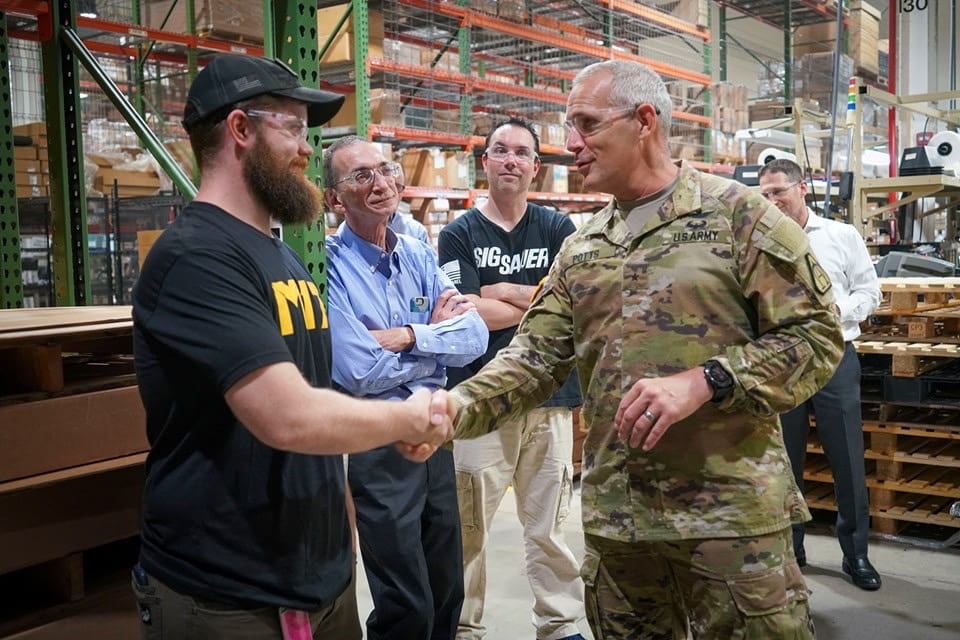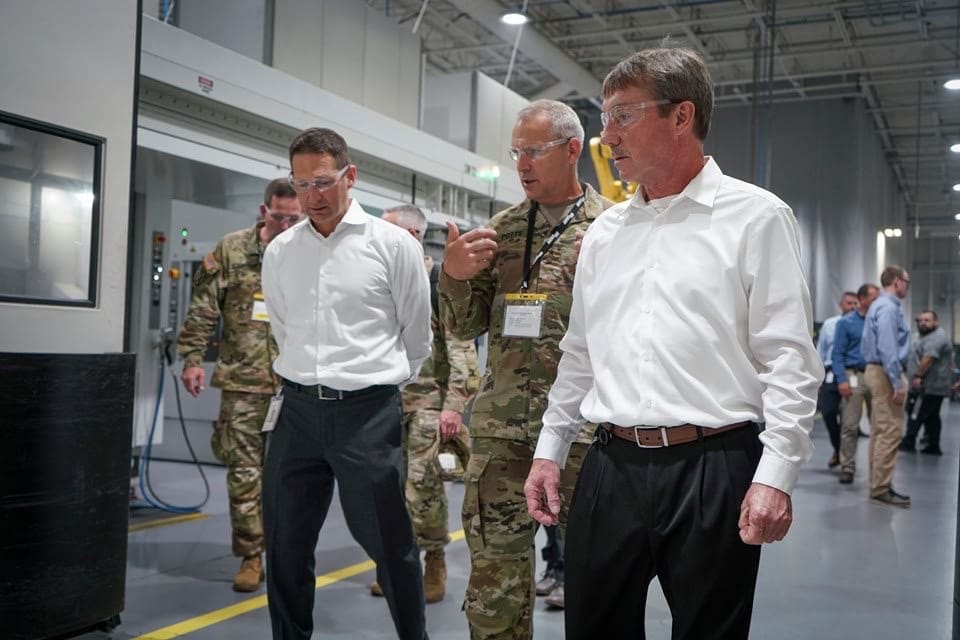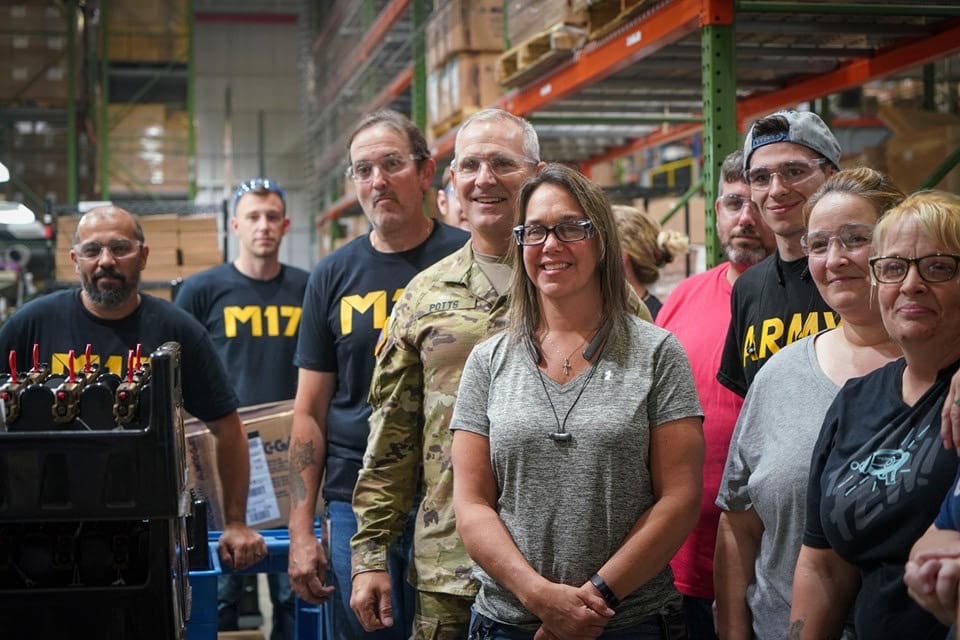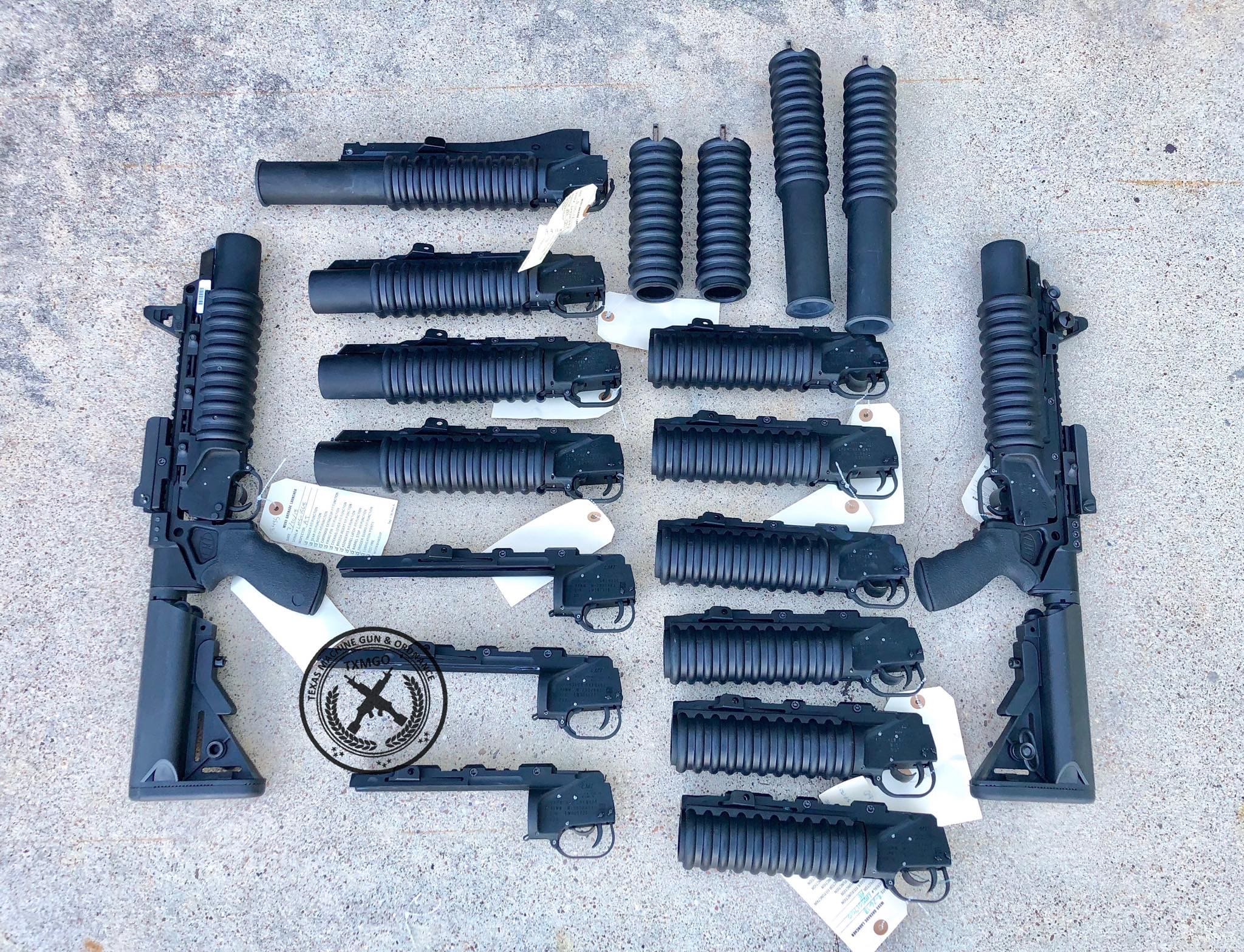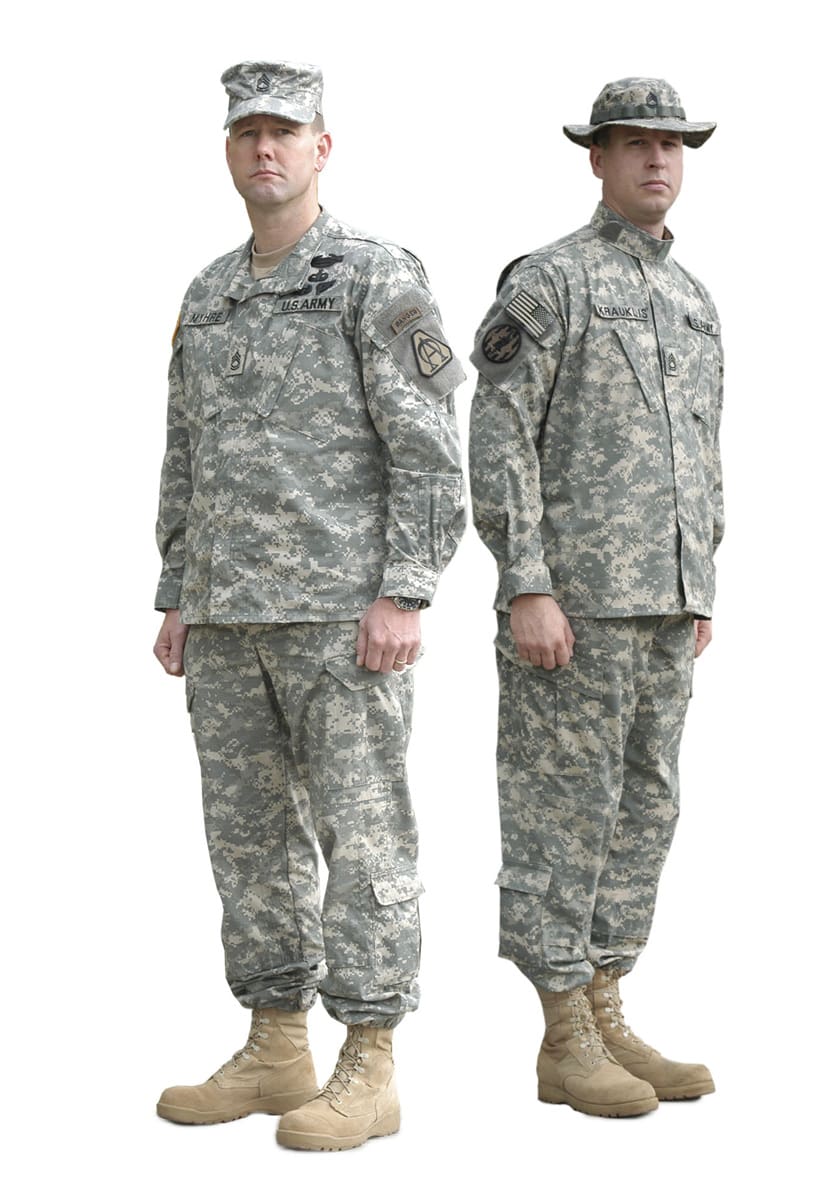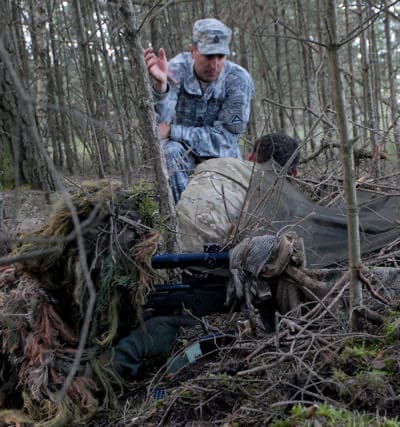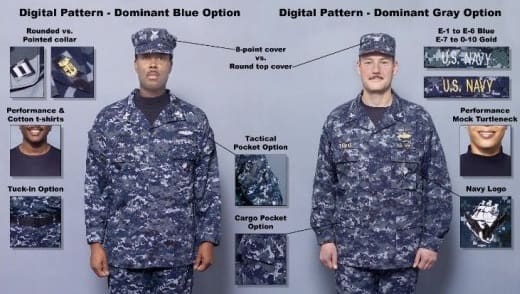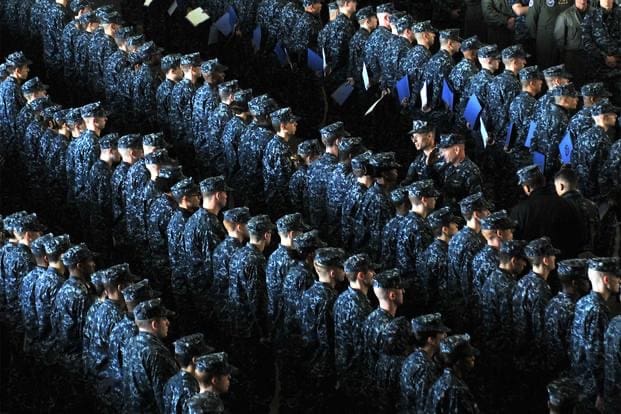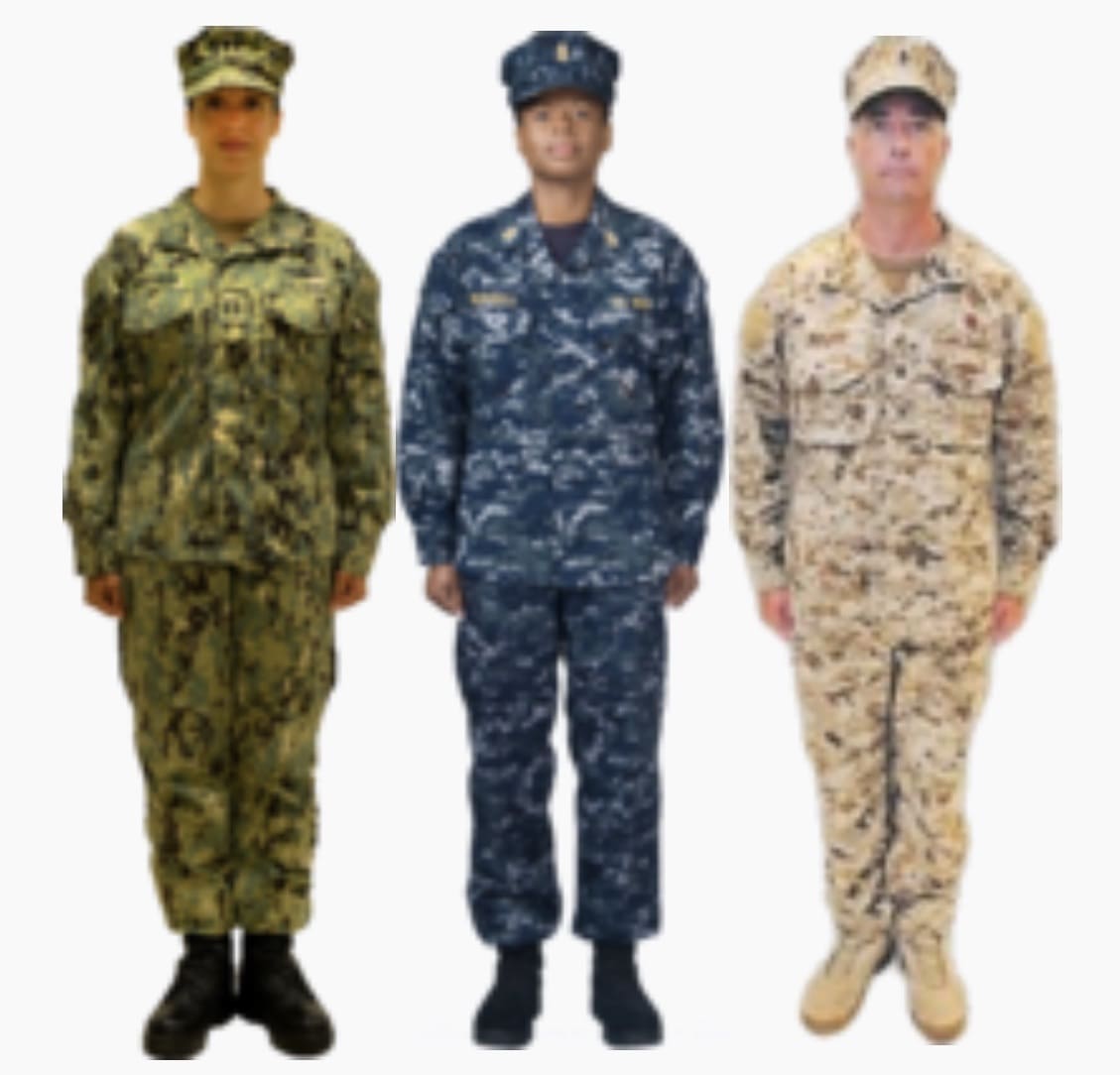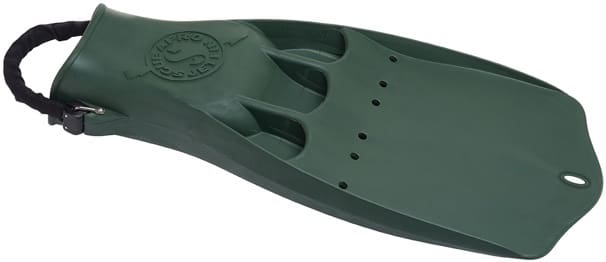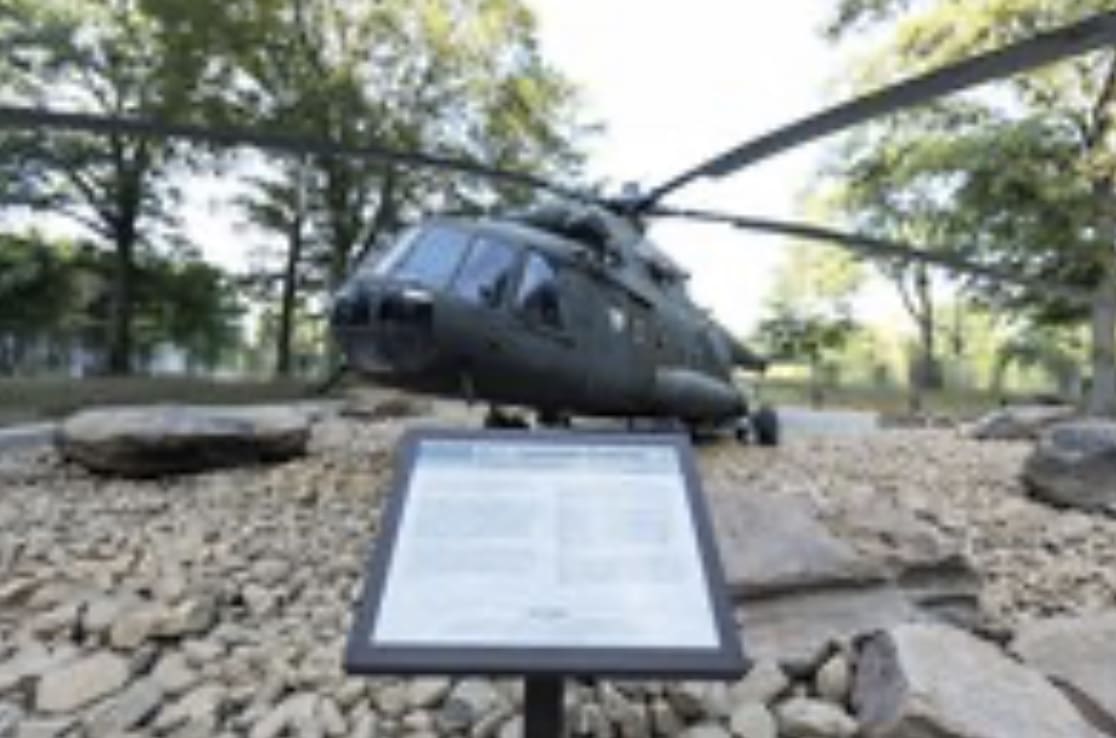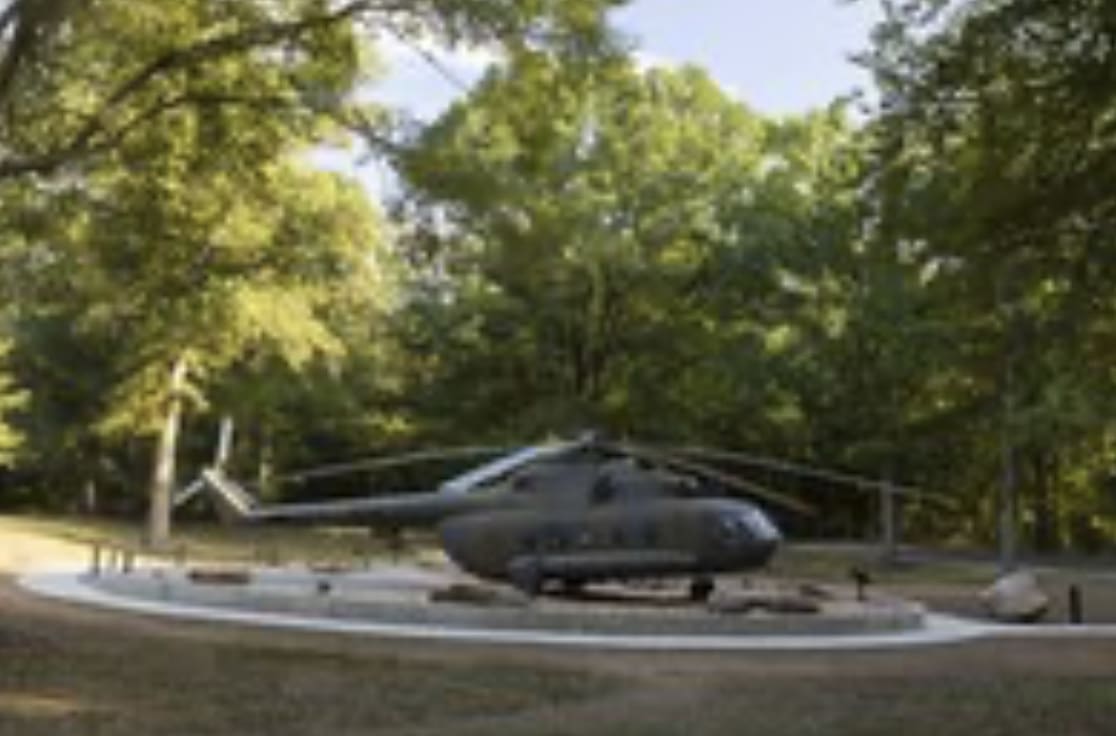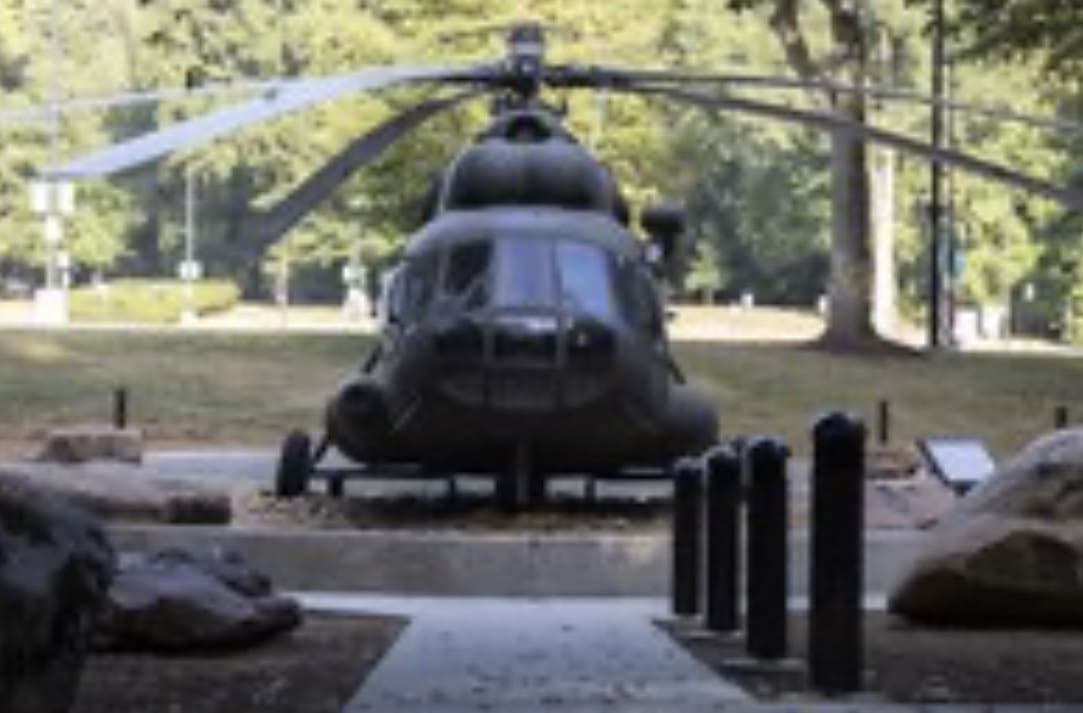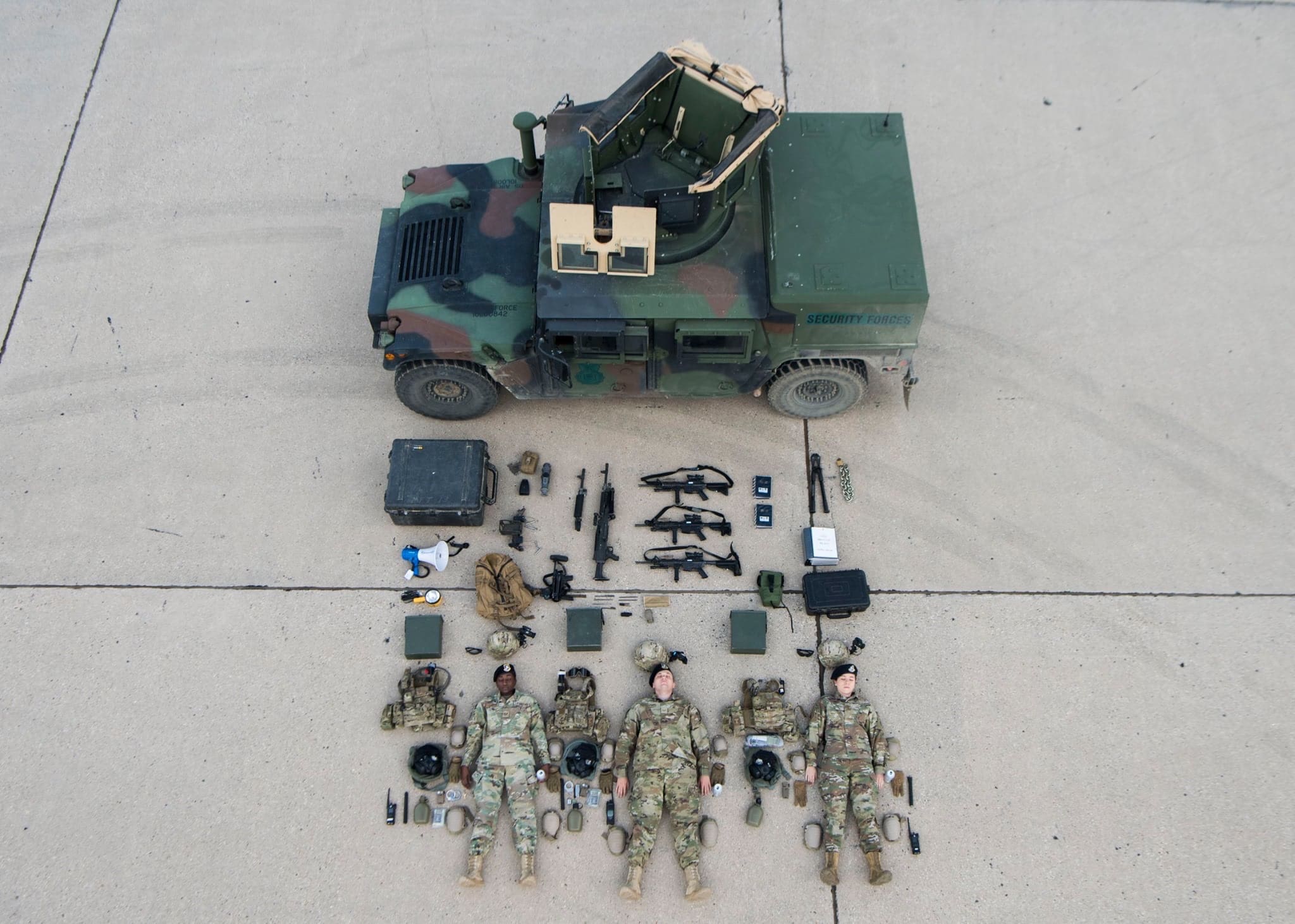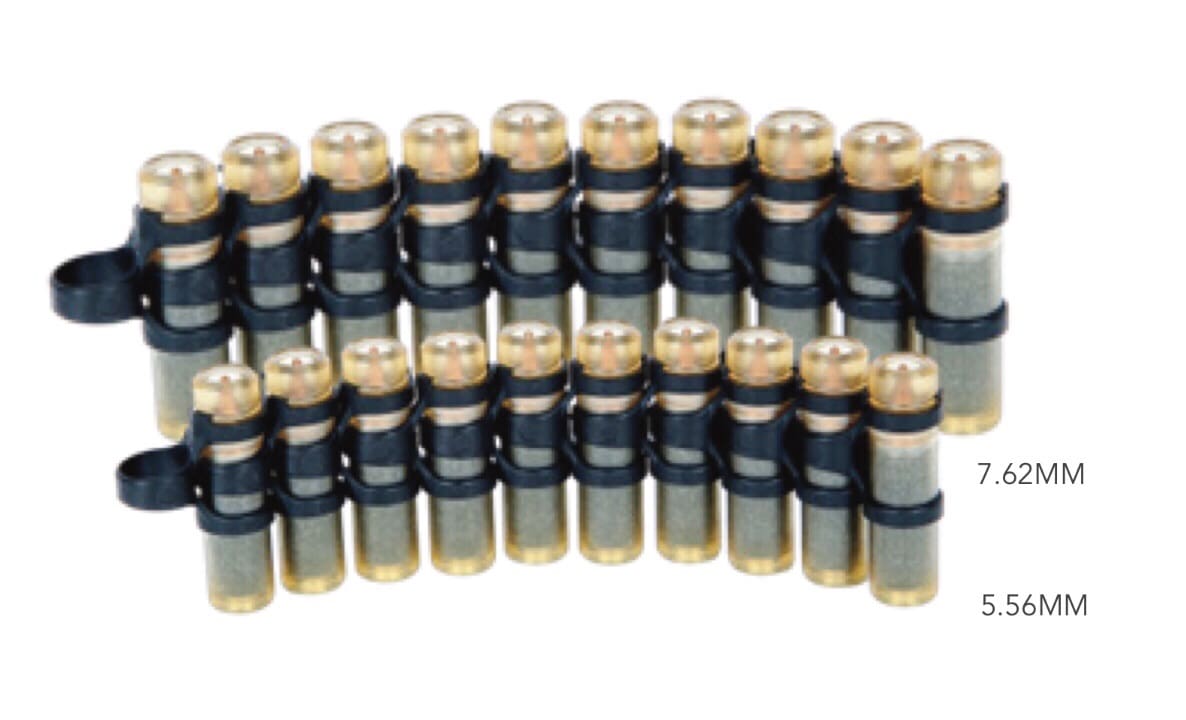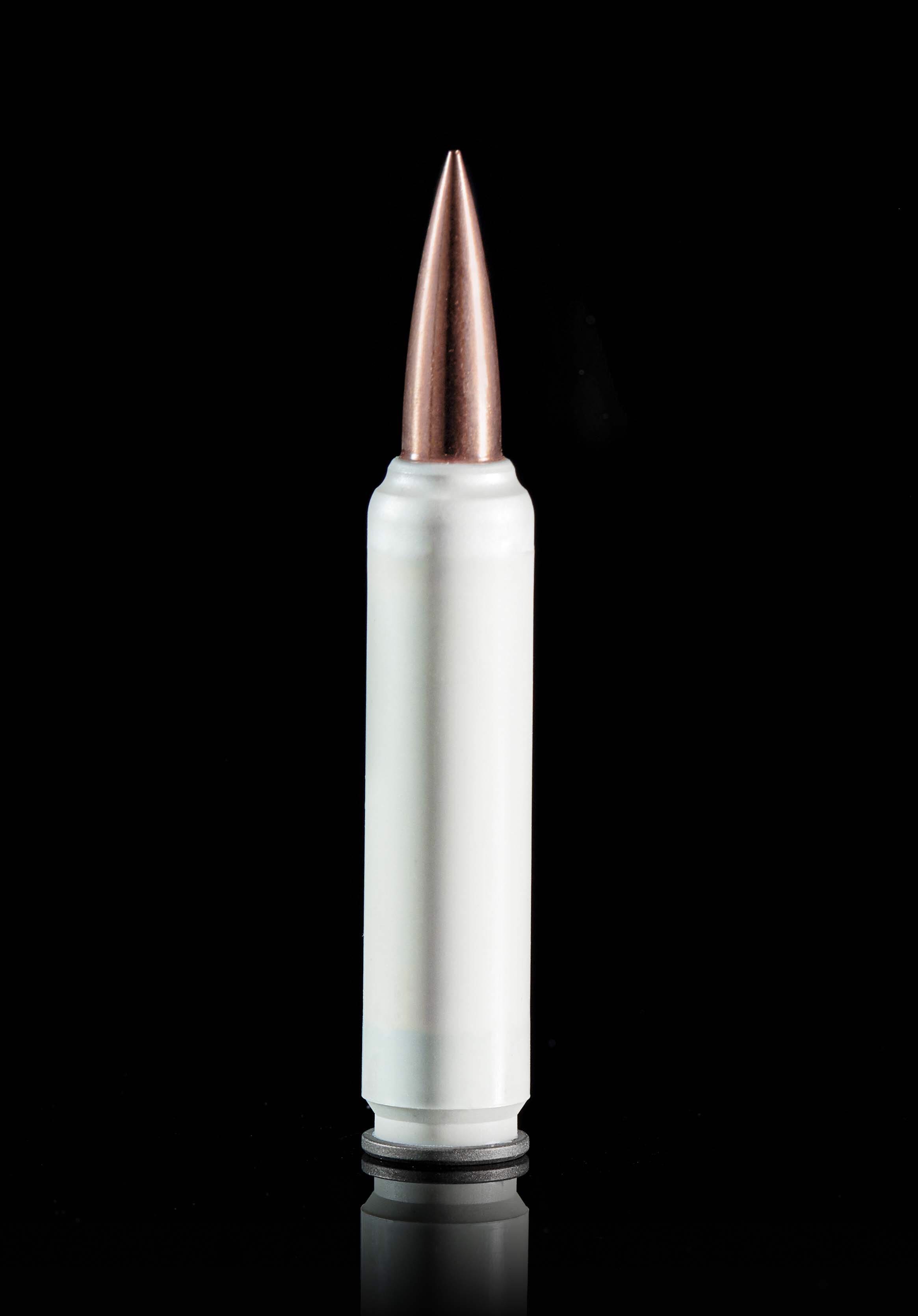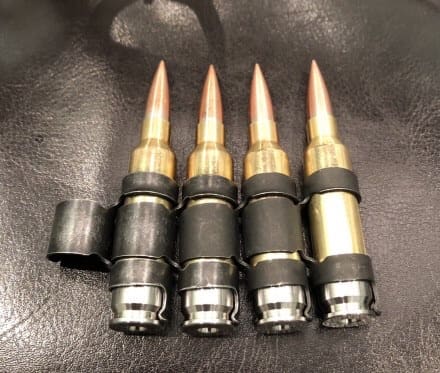Recently a DOD study revealed some disturbing facts about the physical condition of our active duty military. You can get all the details here at: https://www.militarytimes.com/off-duty/military-culture/2019/09/03/this-branch-takes-the-cake-as-the-us-militarys-fattest/
While there was variance between the services, with the Navy being the most obese at 22% and the Marine Corps the least at just over 8% (which as a Marine I was disgusted, but not surprised by). The bottom line is that too many of our troops are seriously overweight, with the average of all branches being over 17%. That’s about 1 out of 5 being obese, not overweight, but obese. (The overweight number adds another 30%!) Obesity here being defined as a person with a body fat measurement of over 30%, and/or a BMI of over 30.
Now, many people will rant and rave about the BMI and other measuring methods not being accurate and in some cases they’re not. The fact is that all measuring methods have an accuracy variant. But it can work both ways, as I’ve seen some obviously very overweight people get under the body fat limit, mostly only because they have a big neck measurement. The most accurate way to measure body fat is Hydro Static weighing, but this isn’t something that everyone has access to. I had it done once about 20 years ago and it said my body fat was 13% and strangely enough the tape method used by the Marine Corps then had me at 10%? So, in at least my case, the tape method was more forgiving and my observation of many others being taped, is that would probably be the case also.
Putting the debate about the body fat measuring techniques aside for a minute and based just on a lot of personal observation made over many years. There is no doubt our service people are bigger and frankly fatter than ever. As a Marine I know my own service and spent a lot of time around the Navy, both aboard ship and on shore. Now since I’ve retired from active duty and work as an contract instructor for international military people, I’ve had a lot more exposure to the Army and Air Force than I had on active duty when I take my students to many different bases around the country. During these visits I’m often shocked at how many grossly overweight people I see in uniform. It’s actually jarring to see and is both officers and enlisted. The weird thing with all this, is that the PT programs of today’s military are much more sophisticated, scientific and widespread than we ever had when I came in, way back in 1981. The military gyms today are state of the art on bases and even aboard ship. Most bases have civilian personal trainers, nutritionists, counselors and classes are offered on everything from Yoga, to Cross Fit and all types of nutritional guidance. So why is the number of overweight people in the military ballooning? (Pun intended).
Well, to start off with the military is and has always been a reflection of the overall American society. In some cases it’s worse than what’s happening out there, in some cases it’s not as bad, but it’s never 180 out. As a few simple examples; Drug use was big in the civilian world back in the 70’s and 80’s, but I never saw as much drug use as I saw when I first came on active duty. I never saw cocaine, or hash in my life till I saw other Marines using it. Pot smoking was almost as common as drinking then, even on guard duty. Thankfully urinalysis testing and the zero tolerance policy put a quick end to the vast majority of drug use in the military. Not all, as there is still some out there, but nothing like it was. Racism was another thing I never really experienced until I came in the military. Gangs made up of different ethnic groups were common as was black on white, and white on black violence. For the most part that went away with much of the drug use and the much stricter enlistment (moral) standards that started in the 80’s and really tightened up in the 90’s. However, we all know racism still exists, but it’s much less than it was.
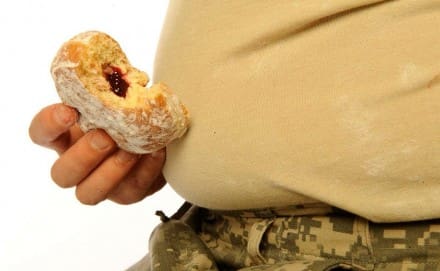
Now today, we have this epidemic of overweight people in the military and it’s another reflection of society, which in case you haven’t noticed is busting at the seams with obesity. The CDC puts the average obesity rate in the U.S. at around 38%. In 1962 that figure was 23%. Why the dramatic increase? There are many reasons, not just one. More fast food and snacks, less overall activity, more sedentary work, computers, less walking, etc. etc. The list is long and it’s not a simple issue to unpack. However, with all this I think there has been a bigger, more dangerous change, it’s the change in our thought process. It’s the norm today (in the United States), for people to just be fatter. Overall kids are more overweight, as are their parents. Frankly, it’s very common to see whole families that are very over weight. Don’t take my word for it, go to any Wal-Mart or Buc-ee’s truck stop and take a look around. However, it’s now something that you’re not supposed to comment on. It’s not politically correct and with so many people now overweight, they’re having their own influence on everything. Airlines make bigger seats, restaurants bigger chairs and most major clothing manufactures have lines of clothing to accommodate for the overweight people. Overweight models are a big thing now too, recently a famous fashion magazine had a very overweight model on their cover to make that very point.
Besides the business world, with all this comes many different health problems that are national crisis and not only health wise, but dollar wise. I read a recent report that stated: “Obesity is one of the biggest drivers of preventable chronic diseases and healthcare costs in the United States. Currently, estimates for these costs range from $147 billion to nearly $210 billion per year.1 In addition, obesity is associated with job absenteeism, costing approximately $4.3 billion annually and with lower productivity while at work, costing employers $506 per obese worker per year”. So, with this fundamental shift in not only our physical state, but in the thinking that surrounds it, how do we at least stop the increase and then begin to reverse this alarming trend in the military, correcting the civilian world is a whole other and much more difficult issue.
Obviously, it’s not a matter of information, as the internet alone has more free information than anyone could ever need on the subject of exercise, diet and weight loss. Plus, like I stated earlier, the military is very supportive to help people lose weight and get in better condition, as unlike the civilian world, health and fitness are a requirement of service and frankly a matter of national security. IMO, the first big thing that must happen is the head shed must stop making excuses for our service members. Though the higher ups won’t admit this, but they do and have been doing it for many years now. But, they do it in a somewhat sneaky way. The way it’s done is to slowly relax standards. Supposedly to take into account today’s “bigger service members” Which frankly is bullshit, as hard science tells us that the human body hasn’t changed much in over 100,000 years. It’s just a way (excuse) to enlist/retain people who are overweight. Back in the day we just had hgt/wgt charts. Which despite popular opinion (around buffet tables), were very fair. However, if you felt you just physically had to go over this, you could submit for a wavier. This wasn’t an easy process, you had to go to medical, where a doctor did a real evaluation of your overall body fat, health, body type, fitness level, etc. The command also weighed in based on your overall job performance, appearance in uniform and PFT score. If approved, you got a wavier to an alternate higher weight and this could be pulled in a heart beat if your military appearance, or fitness level degraded. It wasn’t handed out very often, or easily, so most people just got off their ass, PT’ed harder and ate better to maintain the weight standard.
About 20 years ago they started the policy of adding a simple, alternate body fat % to the hgt/wgt charts. If you were over the chart wgt, you got taped. You didn’t have to do more than that and if you were under the body fat %, you were gtg. What you saw was a lot of people quickly learn how to manipulate the inherent inconsistency of that system and without any fanfare, the standards were now lowered. People who before worked hard to stay within the hgt/wgt chart, now had a lower bar to clear. So in response, they just relaxed and soon they were struggling to make the new lower standard. Any NCO knows that troops always push the limits of rules and regulations, the weight issue is no different. If you say the hgt/wgt chart is too hard (unfair), then 18% quickly became too hard and unfair. Soon 21% will be too hard and not fair. This is already happening.
Fairly recently the body fat standards were raised again with the new pretense being that it was now “performance based” Meaning if you could score a little higher on the fitness test, you could have an even higher body fat %. Again, the standard was lowered and people just got more overweight. It just became more the norm to be overweight as the lower standards now reinforced this warped thinking. This trend will continue as the young service members become even more overweight as they age, there will be more relaxing of standards to allow mid-career people to stay in. As that’s only “fair” right?
Another myth associated with this is that we have a recruiting, retention problem that forces the military to lower standards. Meaning, if we don’t allow overweight people to come in and then stay, we won’t meet our manpower goals. As a former recruiter I know the pain and suffering that goes into finding qualified people, (who want to enlist). As we have no draft, an all volunteer force will always have this problem in one form, or another. I heard the same thing about only allowing HS grads to enlist. That not allowing drop outs in, we shrink the pool of otherwise qualified people. Maybe the bigger fix is that we need a much smaller, but better qualified and motivated force overall? That is something I’ve always thought, but that’s another and much bigger issue.
However, the key to current weight problem is to just stop with all the new (and supposed improved) fitness tests and (relaxed) hgt/wgt standards, As even with all this new stuff, people are getting more and more overweight. Get back to training and evaluating people in the tried and true basics of PT and eating. At the same time, come up with the right weight standards. (Which I have my own theory on the best way to do this, which I will include in a new book I’m working on). Then apply leadership and consistency in enforcing them. Which BTW is how I learned to solve almost every problem I ever faced as a military leader and this problem is no different. The only thing that’s different is the way we’ve been thinking about it. Which obviously isn’t working.
Hope everyone is experiencing some cooler weather and stayed out of the way of the recent storms. Till next month:
“Be Safe always, Be Good when you can”.
Semper Fi
MGunz
